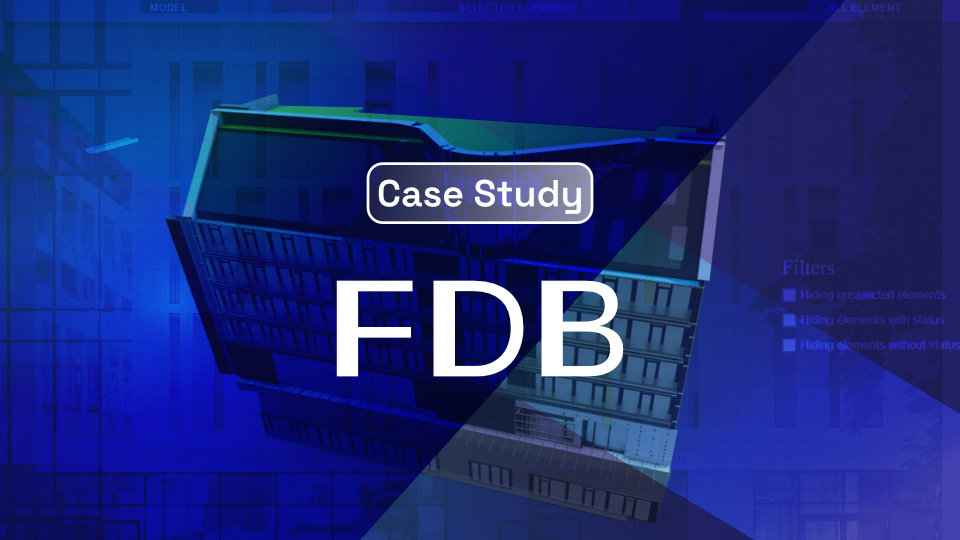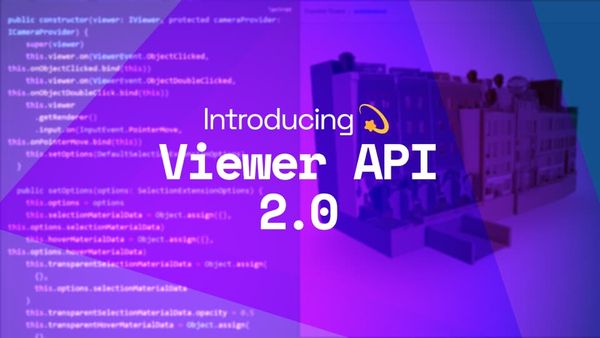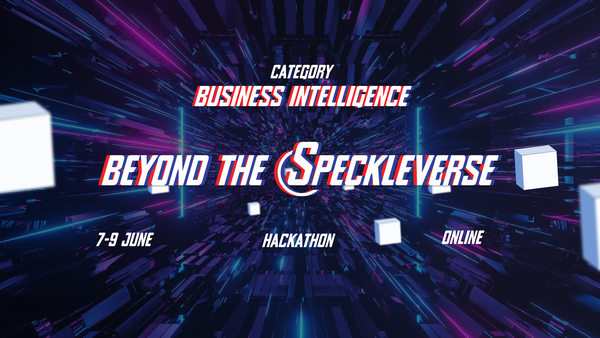Empowering Facade Creators
Krisztián (CEO), and Ben (CTO) at FDB brought together a team of software engineers called the Dijkstra group to enable the automation of different tedious and long processes in the facade manufacturing industry. The team was looking for a reliable platform to help accelerate FBD’s mission. Speckle was an amazing fit, and we decided to do a small write-up on why.
The facade manufacturing landscape is no stranger to complex software ecosystems. The FDB team operates in an environment where Archicad, Revit, Rhino, and Grasshopper play key roles. It's a challenge to bridge these disparate worlds, but Speckle emerged as the universal translator. Picture architects and designers crafting models in Archicad, automating processes in Revit, and then orchestrating a graphical symphony using Rhino – all while keeping everyone on the same page. Speckle flawlessly unites these systems, ensuring that architects can document, designers can ideate, and engineers can bring their visions to life without wasting time and money.
::: tip
“Speckle makes our collaboration with architecture and engineers a lot easier and faster because we don’t have to import huge IFC files”
:::
Better Communication With Speckle
FDB leveraged two specific features of Speckle to create a multi-disciplinary workflow that enabled executives and project managers to have speedy updates on the status of projects.
The first is Speckle's flexible schema. While we enforce a certain standard of how objects are defined, we facilitate anyone to easily extend our default definitions with properties that make business sense. FDB did just that - customising existing object definitions to match its needs. As we all know, building facades is not entirely similar to building cars - projects are unique and require customised processes tailored to each one's manufacturing and design constraints.
Second is the 3D Viewer. A design and build process that cannot be communicated well is not efficient. That is why FDB integrated our 3D Viewer into its intranet and, through an application built on top of it, allows colleagues - from project managers to designers to the CEO - to have a say in the facade design process.
To go more in-depth, the embeddable Viewer enables the team to update, track, and colour objects while monitoring them in a dashboard. Moreover, Excel files can be uploaded to batch update different parts of the model, accelerating collaboration and coordination efforts. Such dashboards help with sharing and collaborating with external stakeholders and offer executives real-time access to project updates and status.
Lastly, the FDB team found value in the Viewer’s optimised mobile device support. We spent a lot of time enabling the rendering of huge models on both iOS and Android - we need to make coordination on construction sites as easy as possible, as sometimes a 2D PDF just doesn’t cut it.
The Future of Speckle at FDB
The team at FDB sees itself leveraging Speckle in the future as it stands at the heart of many workflows, with its main focus being to automate the remaining tasks to ensure long-term efficiency and productivity across different disciplines.
::: tip
“As developers, we find similarities to Github, when it comes to Speckle versioning and branching, which makes our collaboration easier,” says Ben.
:::
We are happy to see teams like FDB leverage Speckle to build better buildings together and at a large scale. What will you build with Speckle? Join our Community Forum today and try Speckle with your team.
Subscribe to our newsletter below for more stories like these!



